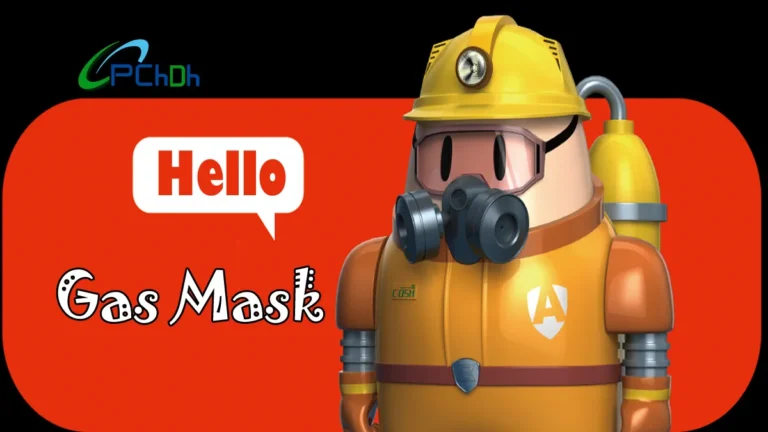As a key protective equipment to protect respiratory health, gas mask play a vital role in scenes where toxic and hazardous substances are prevalent. Standardized and accurate wearing and use procedures are the core prerequisite for exerting their protective effectiveness. The specific steps are as follows:
1. Before using the gas mask: comprehensive inspection to eliminate hidden dangers
1. Mask body inspection
Appearance inspection: Confirm that the mask is not damaged, cracked, or aged to avoid protection failure due to material defects;
Cleaning requirements: Make sure the inside of the mask is clean and free of contamination to prevent foreign matter from irritating the face or affecting the sealing effect.
2. Filter component verification
Canister /Box Status: Check that the filter is intact and within its validity period;
Suitability verification: According to the environmental risks (such as chemical gases, dust particles), select the gas filter canister/box with the corresponding protection level.
3. Connection tightness test
Component connection: Check whether the interface between the mask and the canister is firm and ensure there is no looseness or gap;
Pre-seal test: Press the connection lightly to initially confirm that there is no obvious leakage.
2. When wearing a gas mask: standardize operation and ensure airtightness
1. Headband pre-adjustment
Adjust the length of the headband in advance according to the shape of your head and face, leaving some space for tightness to avoid it being too tight or too loose after wearing.
2. Fit the face
Hold the mask with both hands, covering the mouth and nose, and ensure that the key areas of the face are completely covered;
If the mask has a metal nose bridge, use the index fingers of both hands to press and shape it along the bridge of the nose to enhance the seal.
3. Headband fixing and adjustment
Operate from bottom to top: first wrap the lower headband around the back of your neck and tighten it, then adjust the upper headband in turn;
Control the tightness: The mask should fit the face tightly without obvious gaps, avoiding indentations or discomfort caused by excessive tightness.
4. Final airtightness test
Test method: Cover the air inlet of the canister with your palm completely, take a deep breath and hold your breath for 10 seconds;
Result judgment: If you feel no air infiltration, it indicates a good seal; if there is leakage, you need to readjust the headband and retest.
3. When using a gas mask: be cautious and maintain it scientifically
1. Operation taboos
Avoid touching the mask surface and seams with your hands to prevent pollutants from contaminating the protective area;
Reduce strenuous exercise to prevent mask displacement and seal failure due to large movements.
2. Maintenance
Filter component replacement: Regularly replace the filter canister/filter cotton according to the length of use and degree of environmental pollution;
Mask cleaning: Clean and disinfect promptly after use to avoid residual harmful substances corroding the material;
Special treatment: After contact with highly toxic substances, the gas filter canister must be disposed of in accordance with hazardous waste standards.
3. Storage Tips
Store in a dry, ventilated, light-proof environment, away from high temperature, moisture and corrosive substances to extend the service life of the equipment.
4. Gas mask adaptation scenarios: accurate selection, targeted protection
1. In chemical laboratories, various toxic chemicals may evaporate into the air. Wearing a gas mask can effectively prevent the inhalation of toxic gases.
2. During the painting operation, harmful substances in the paint can also cause harm to the human body, and a gas mask is an essential protective equipment.
3. Gas masks also play an important role in scenarios such as pesticide spraying, mine operations, and epidemic prevention and control.


